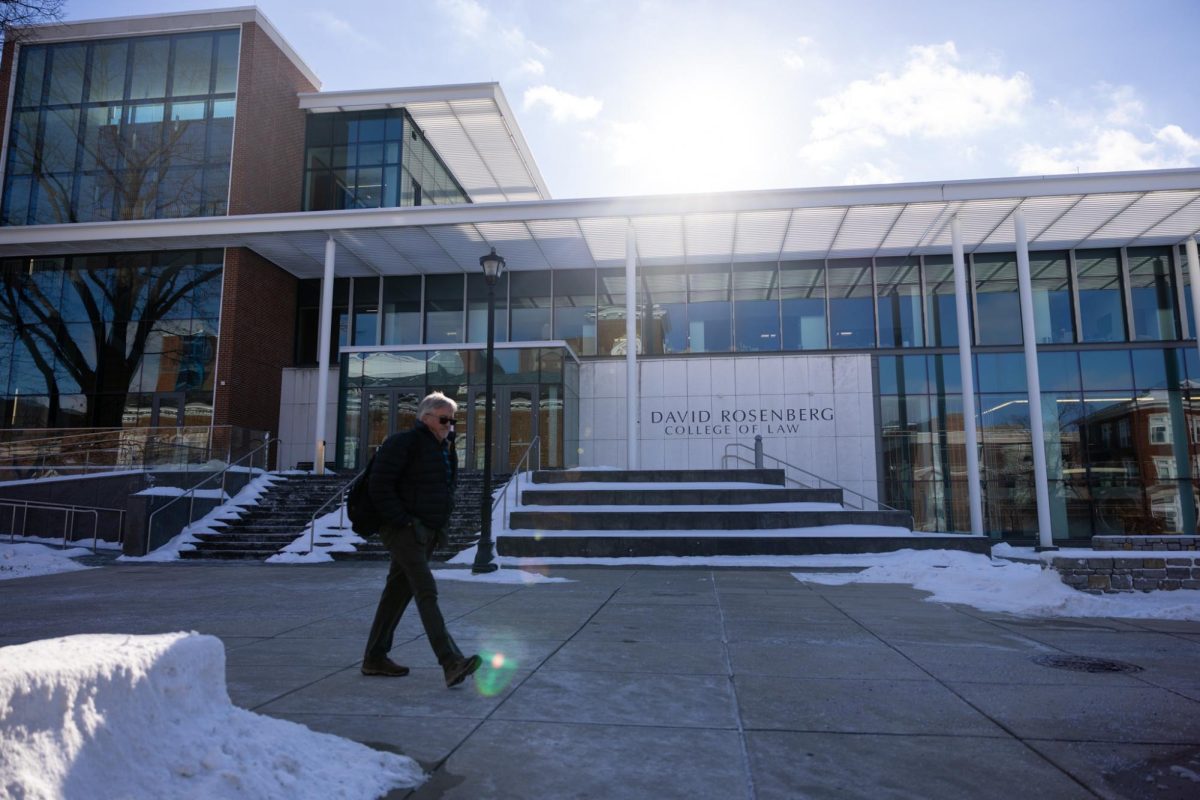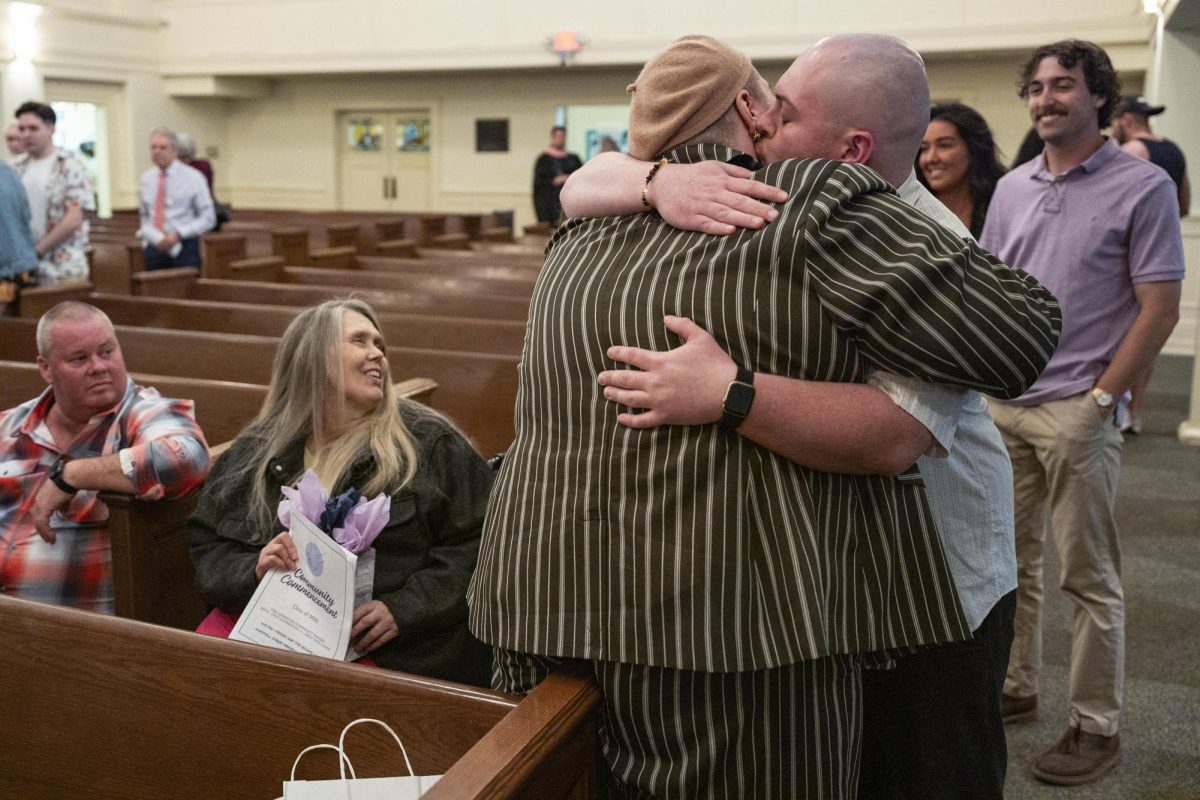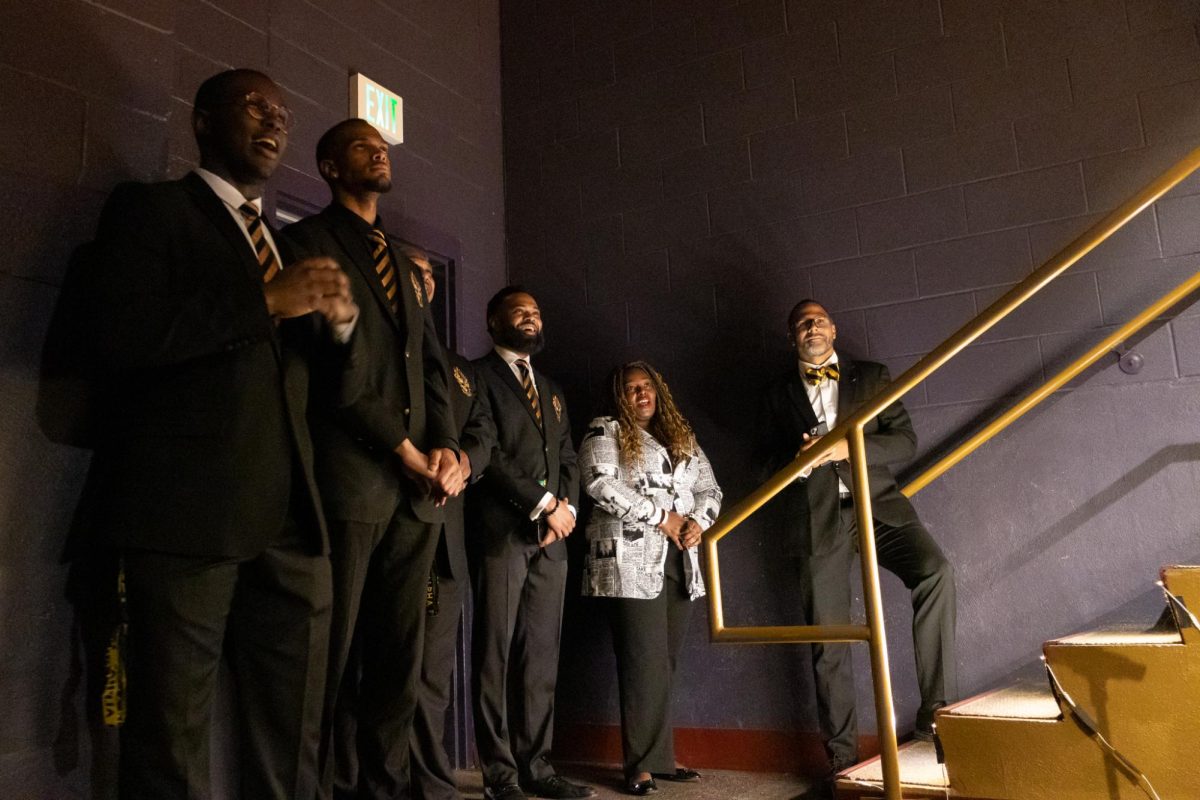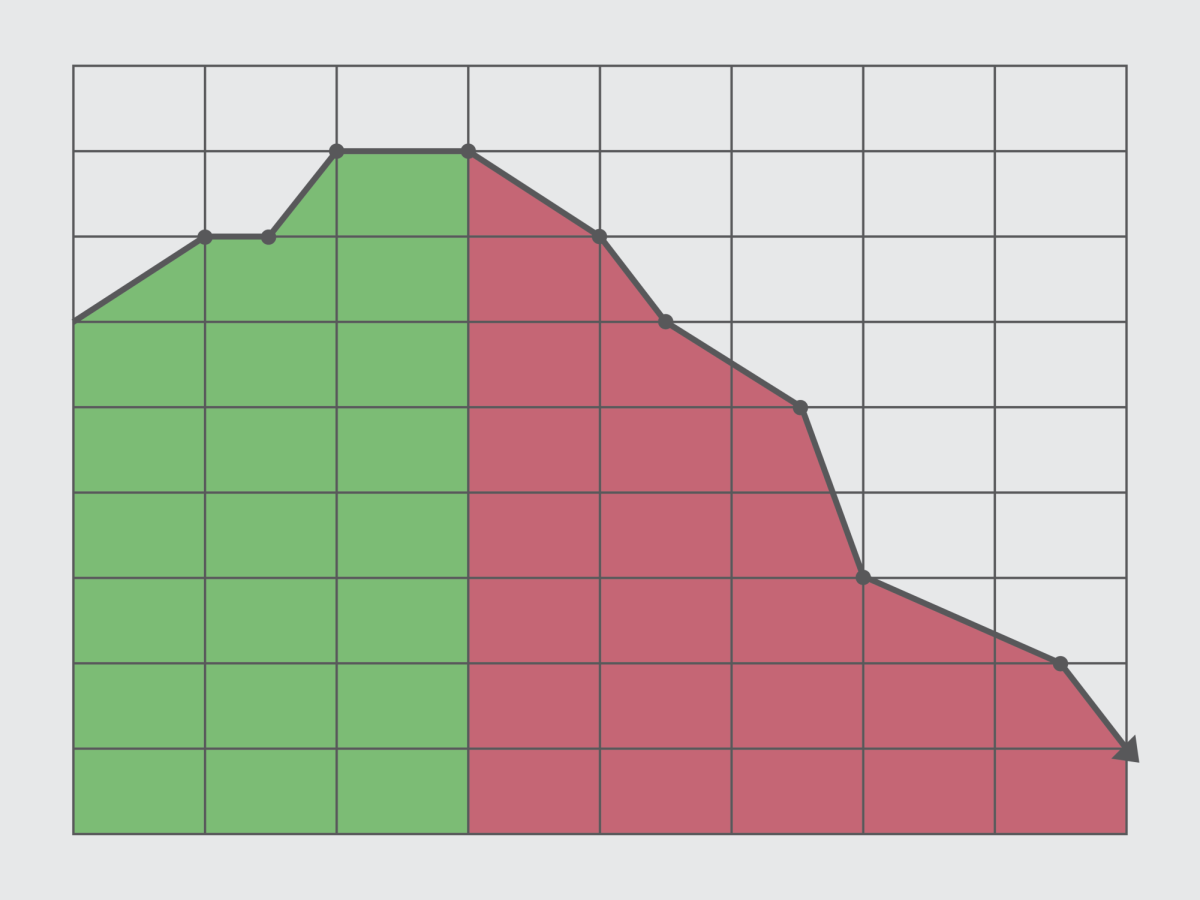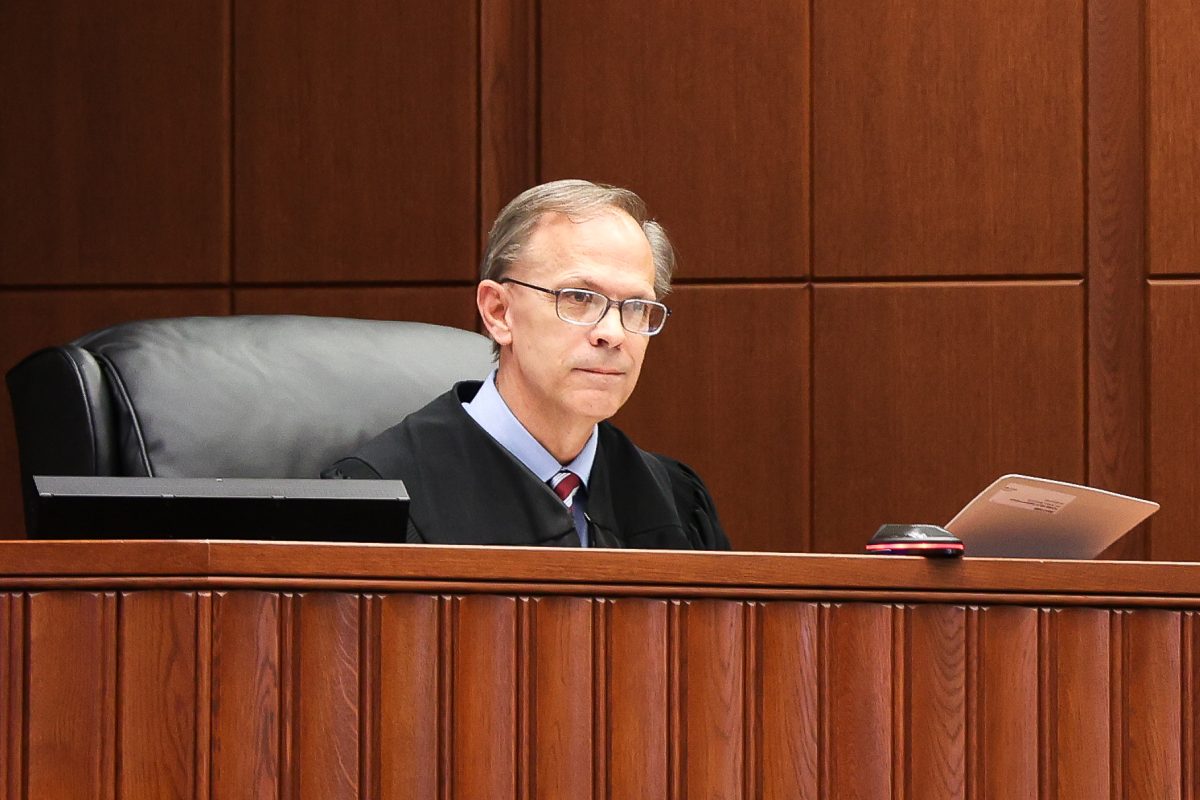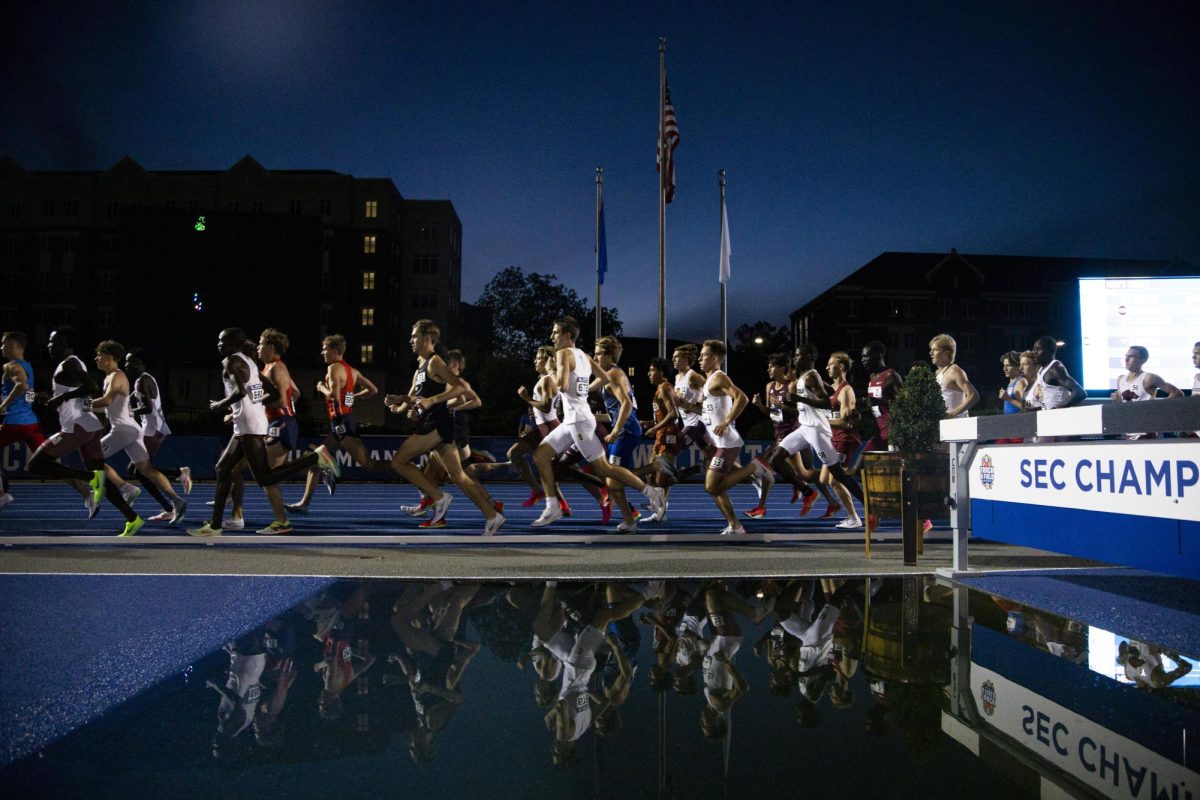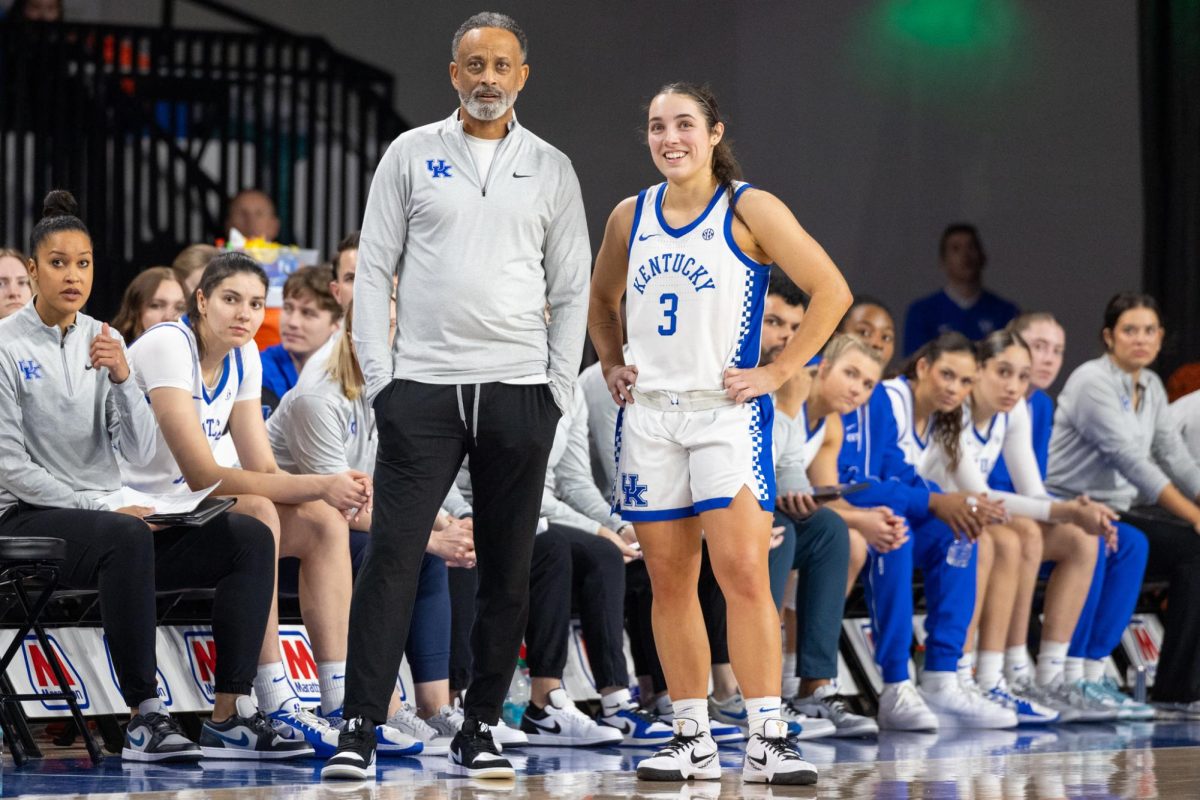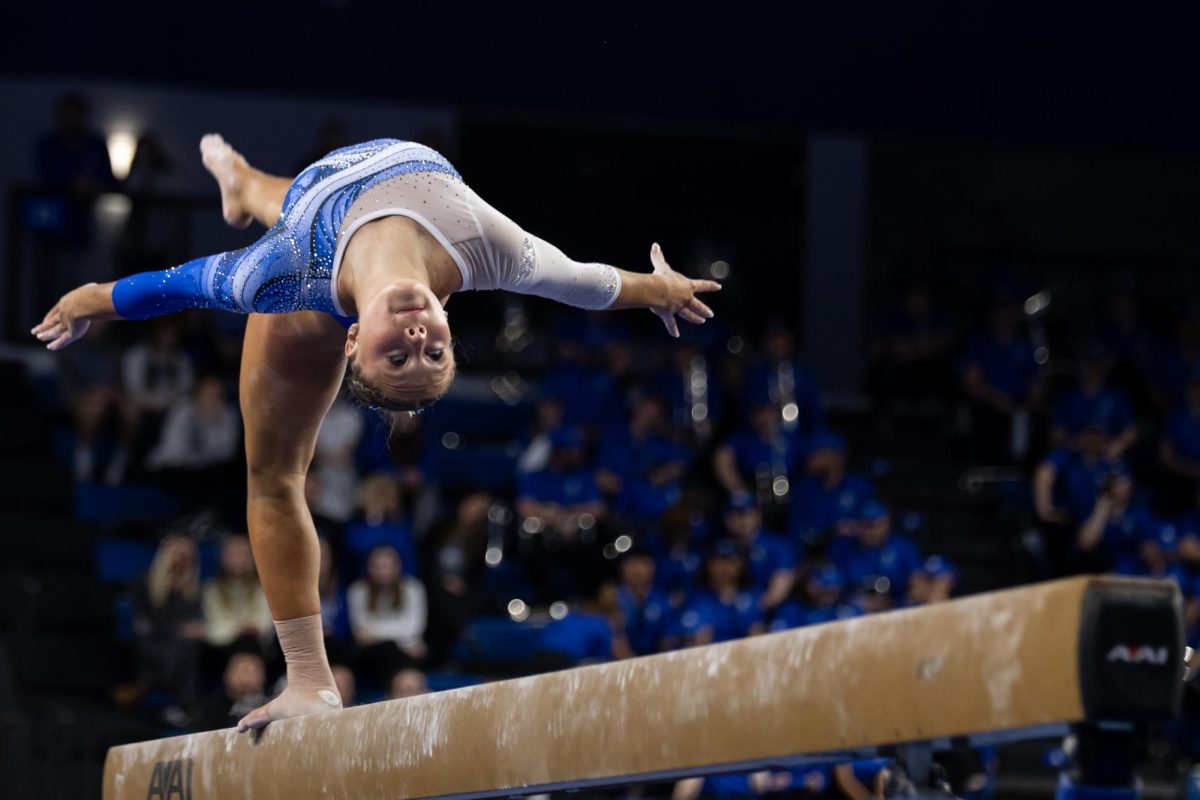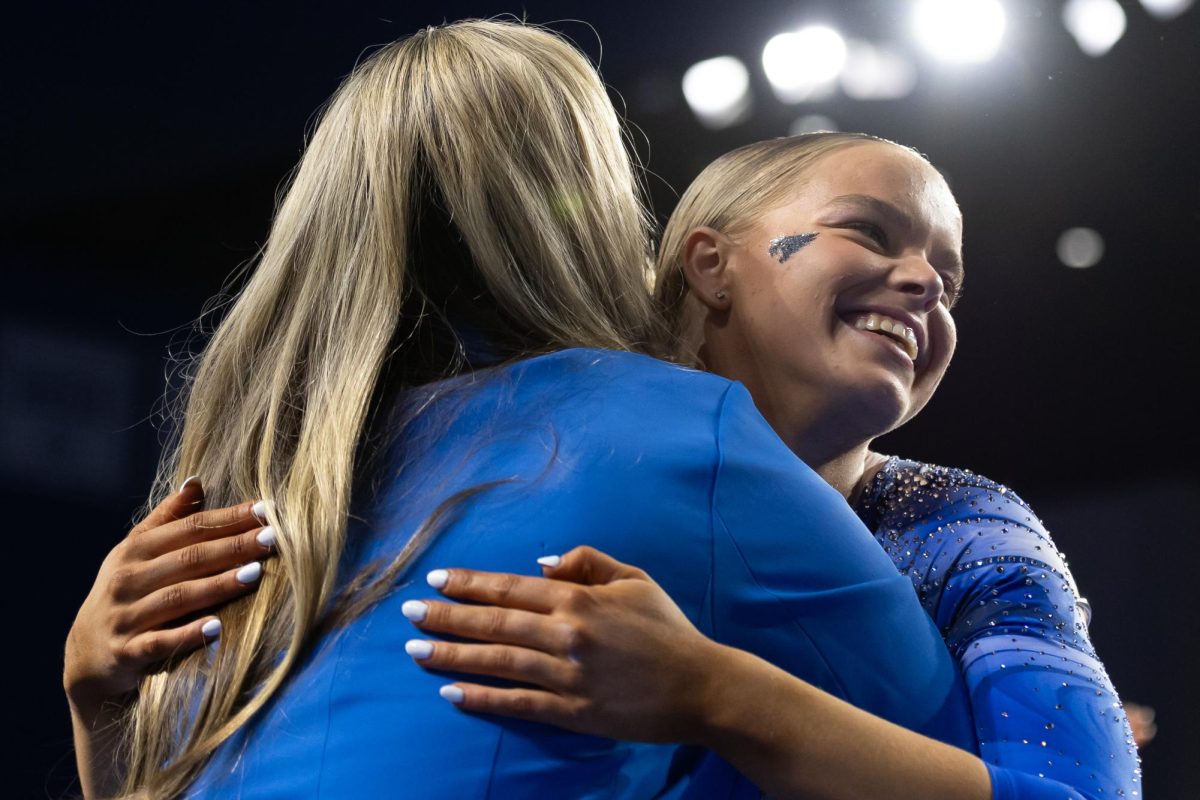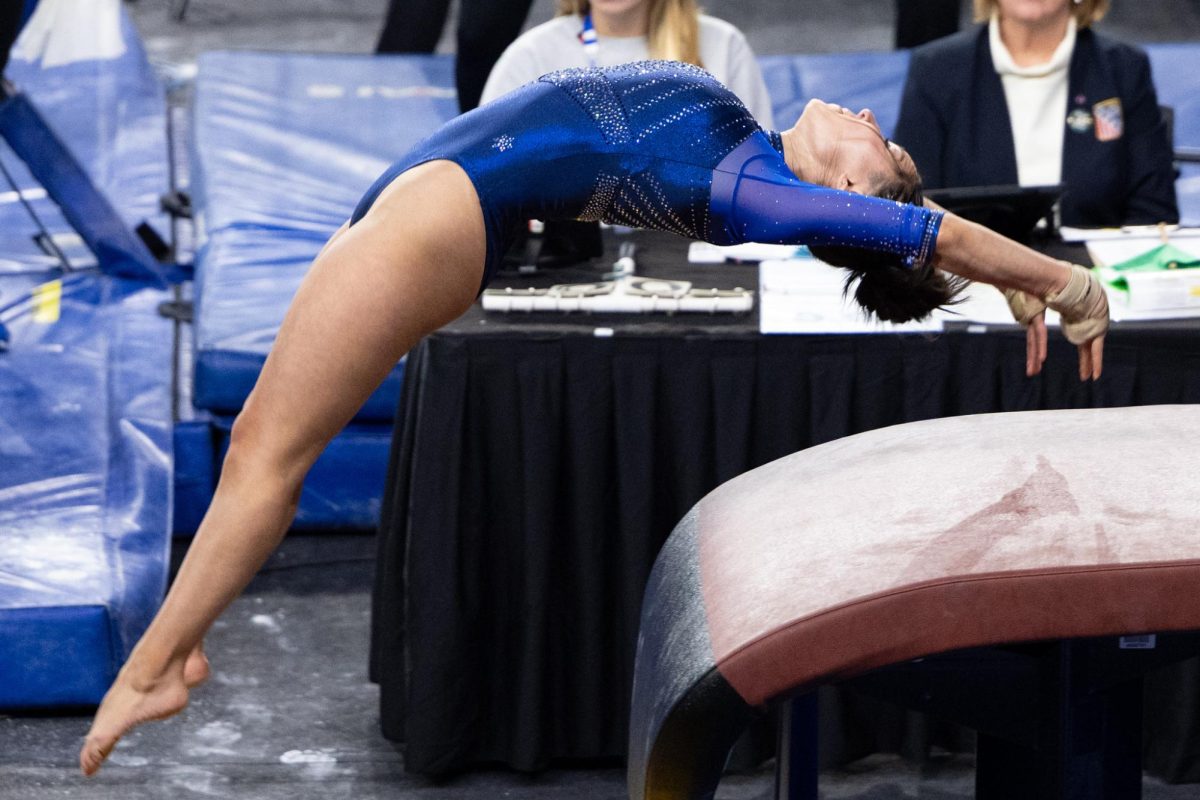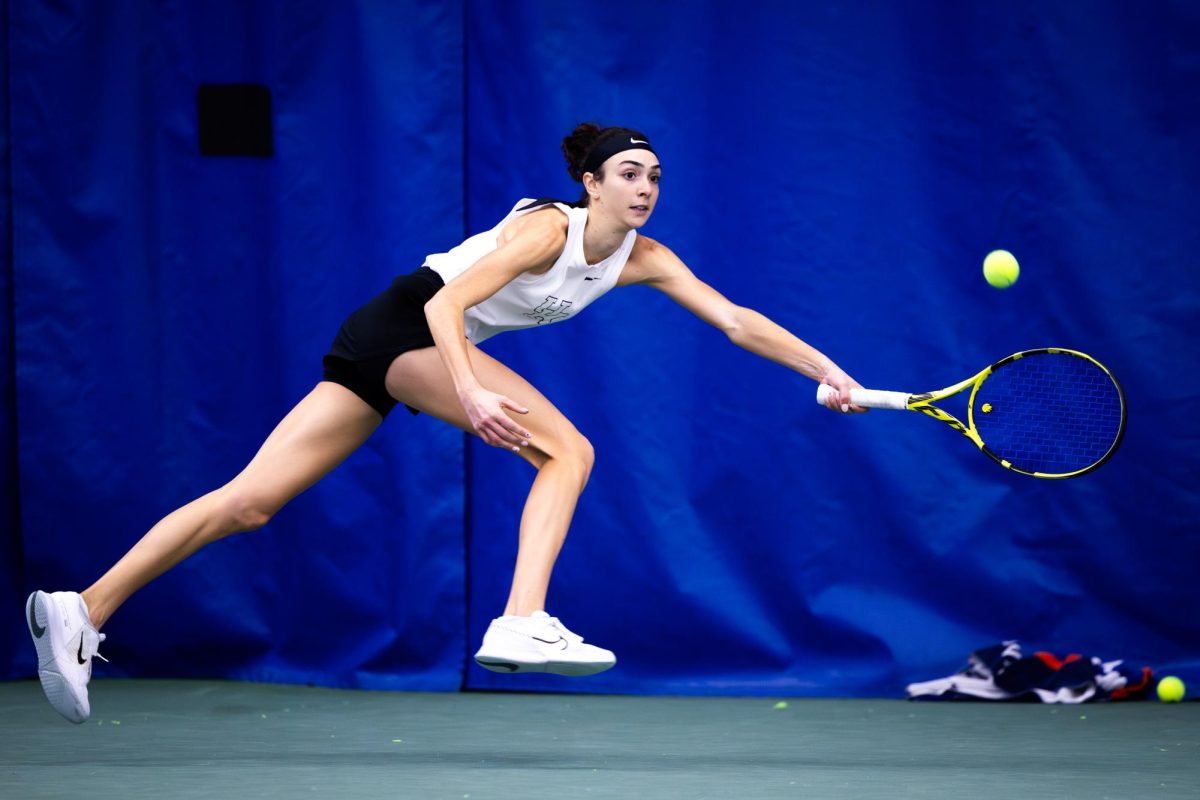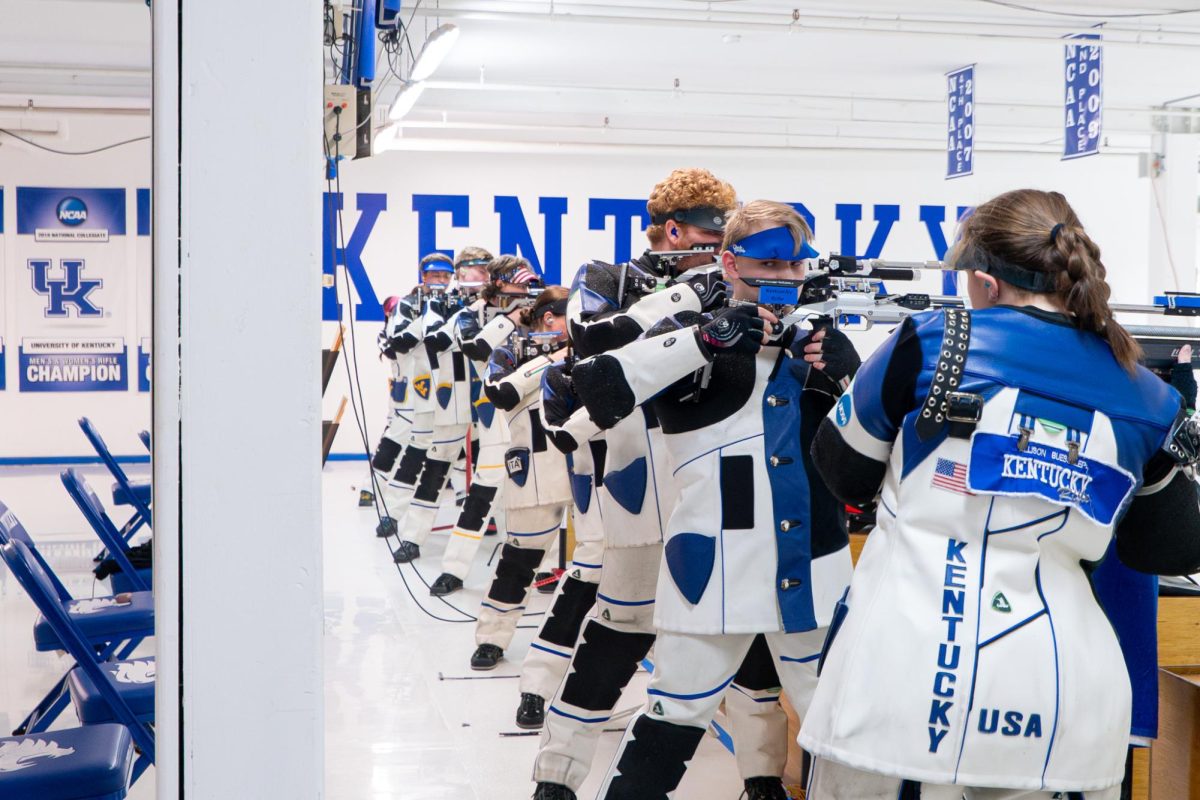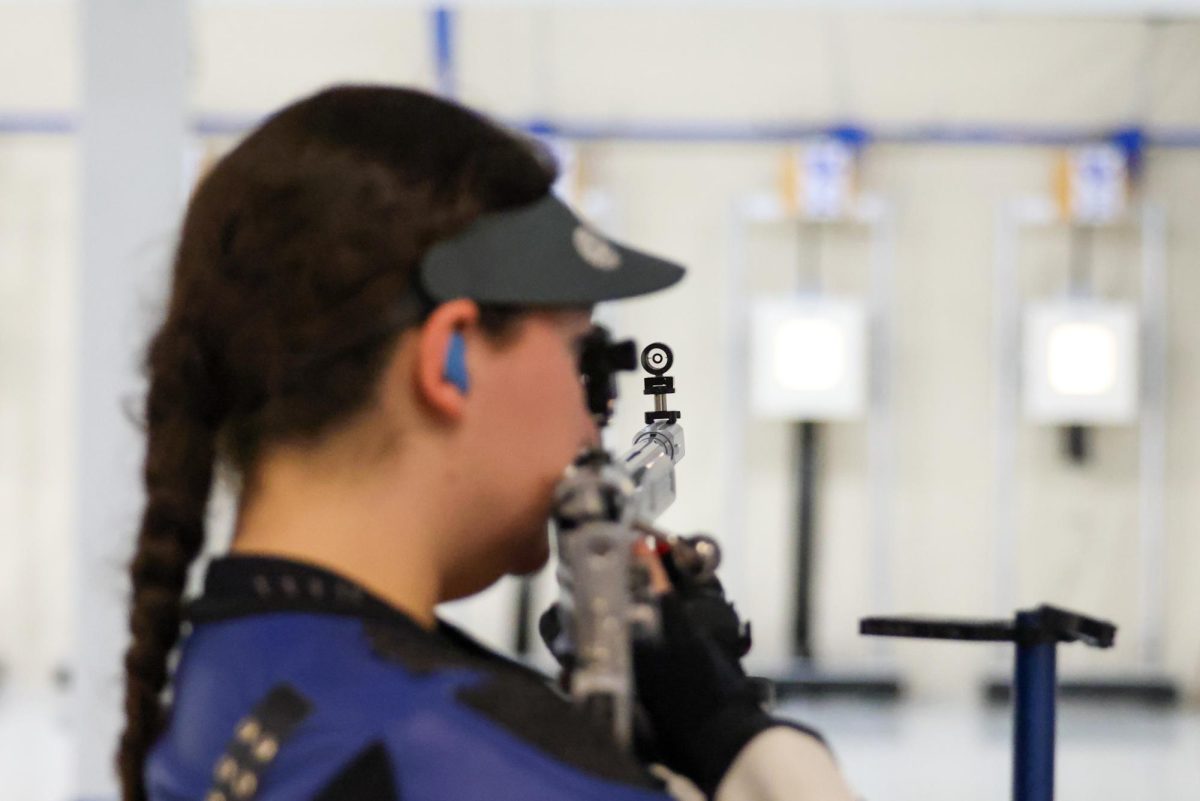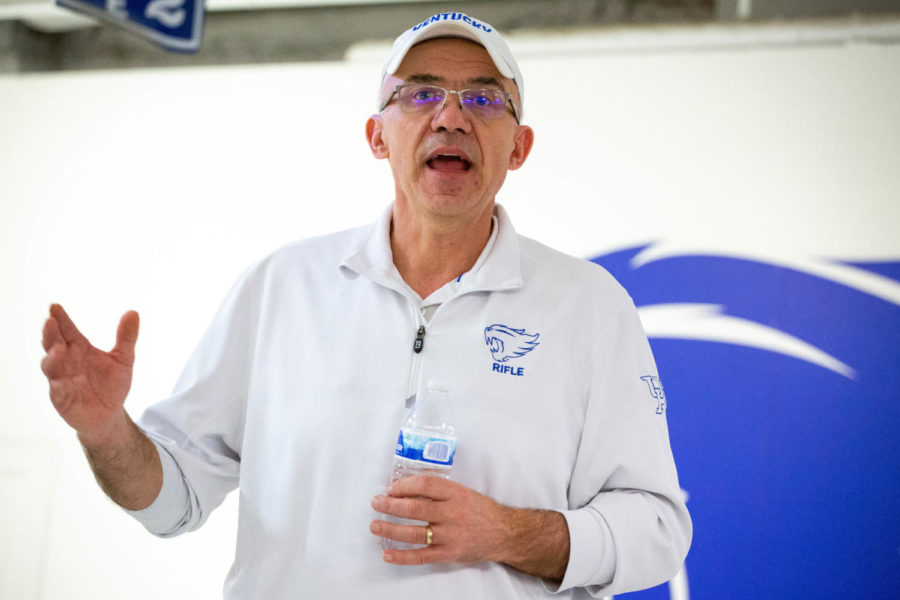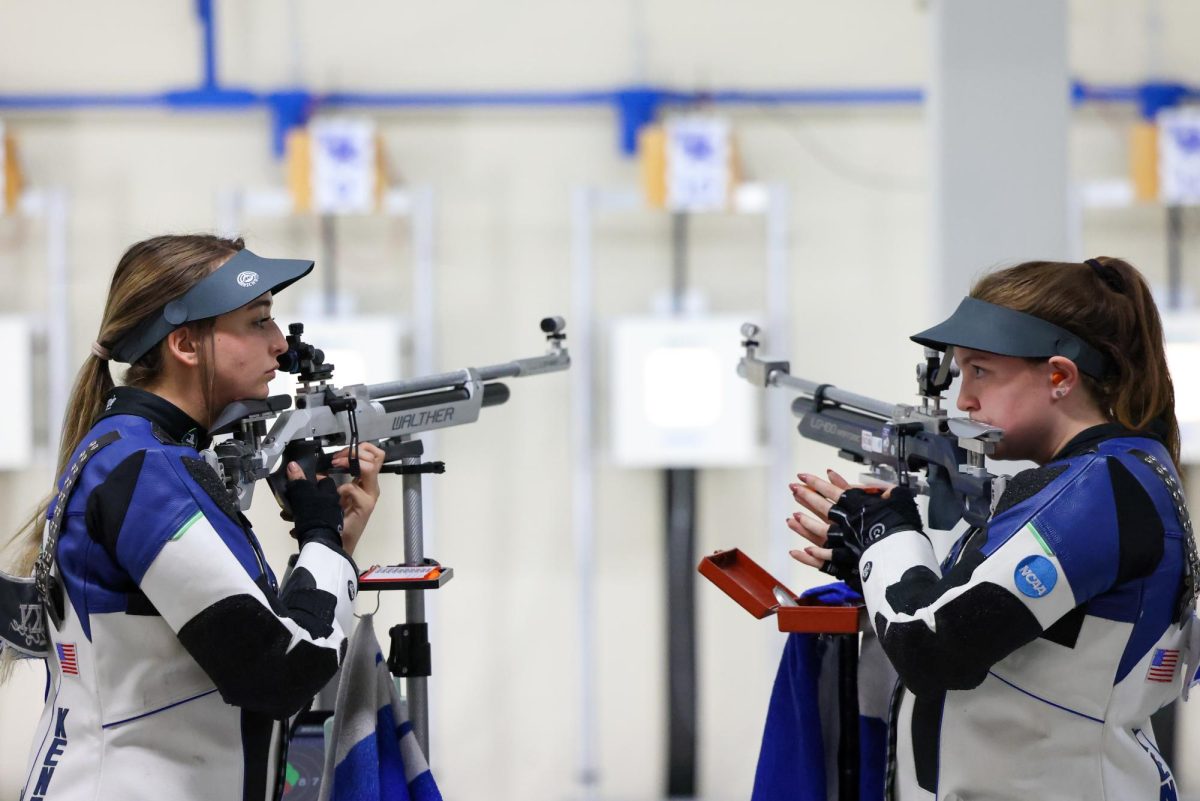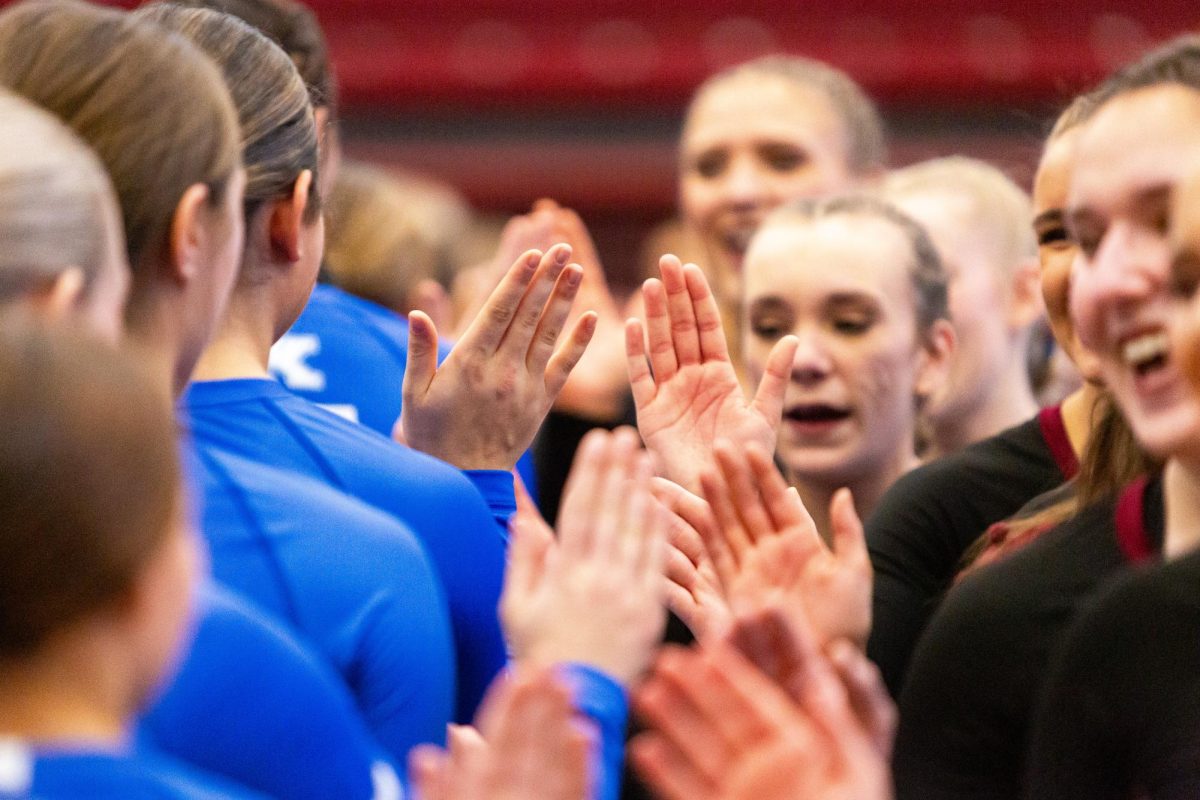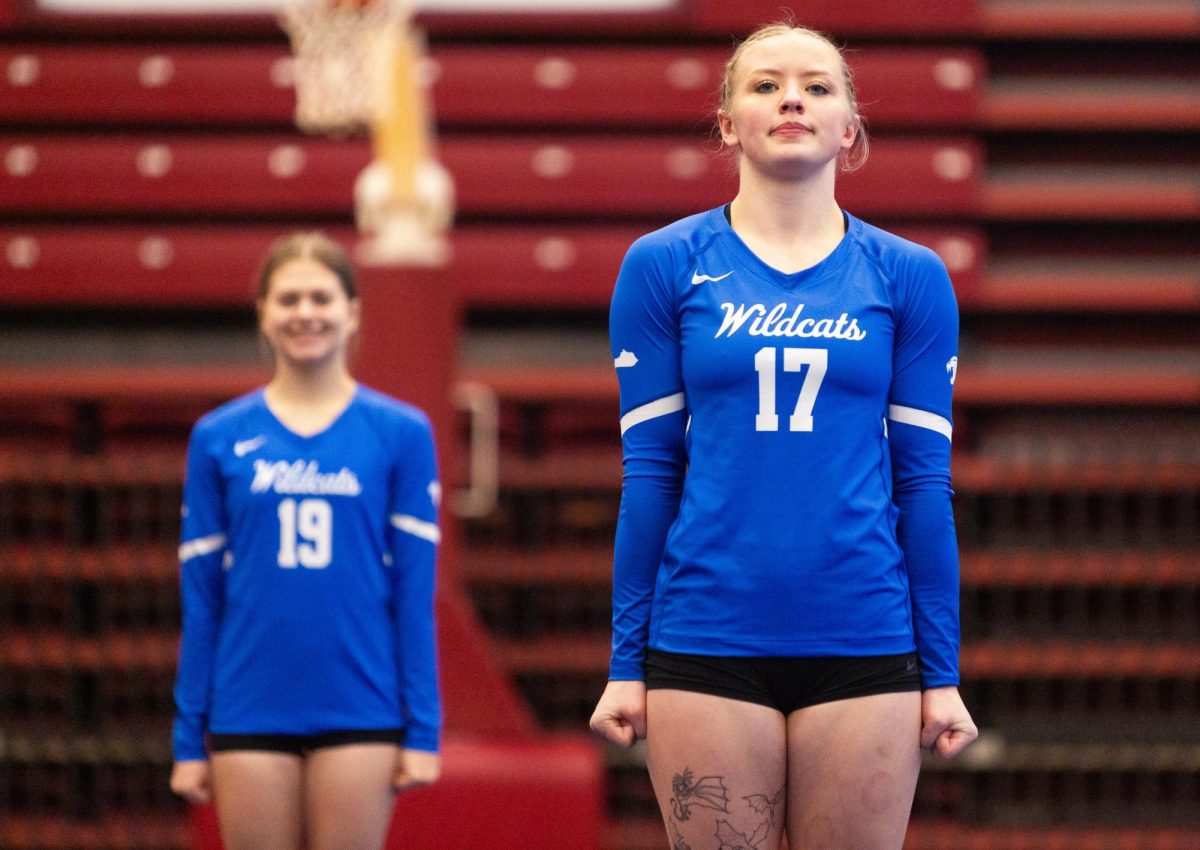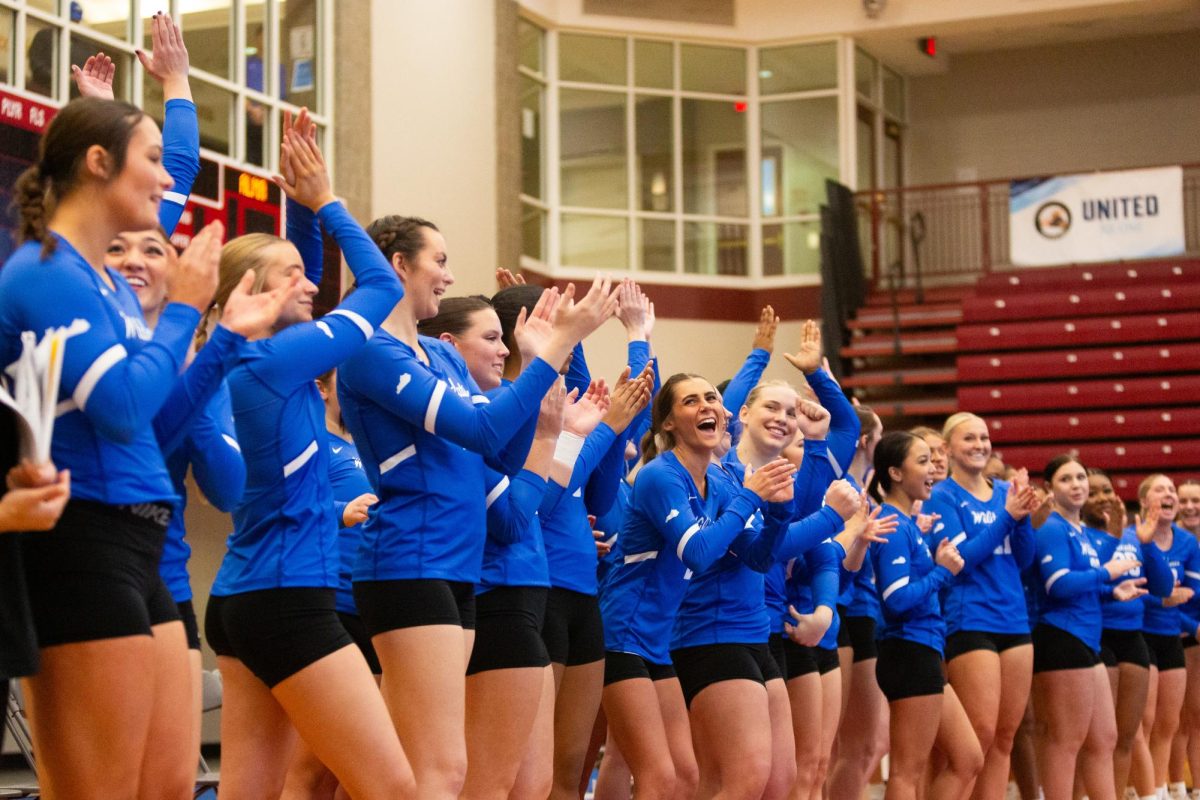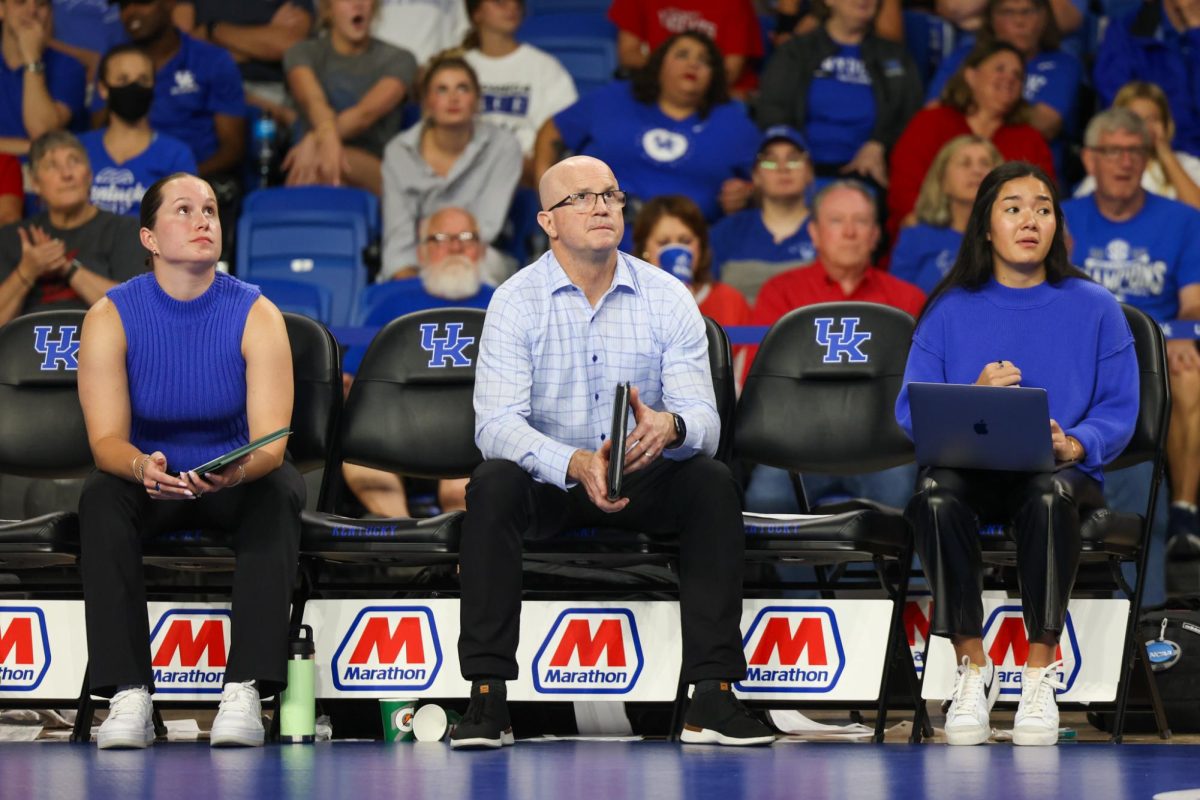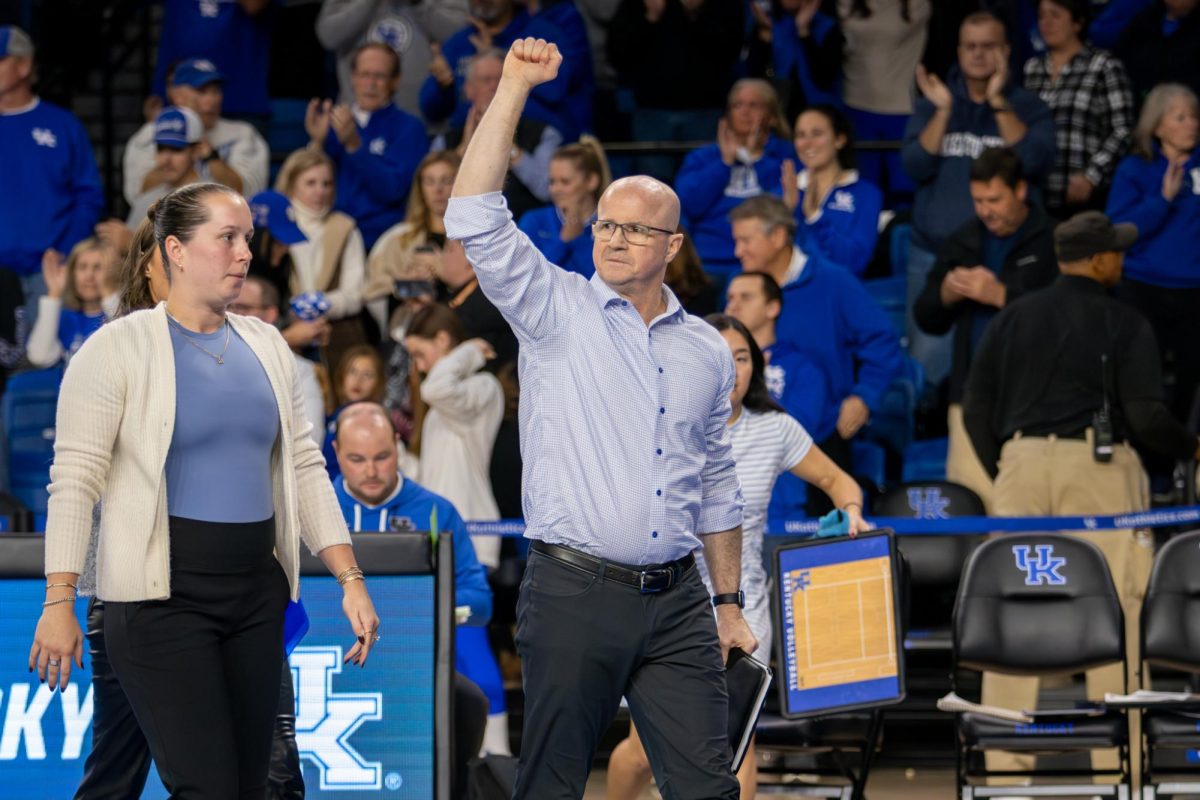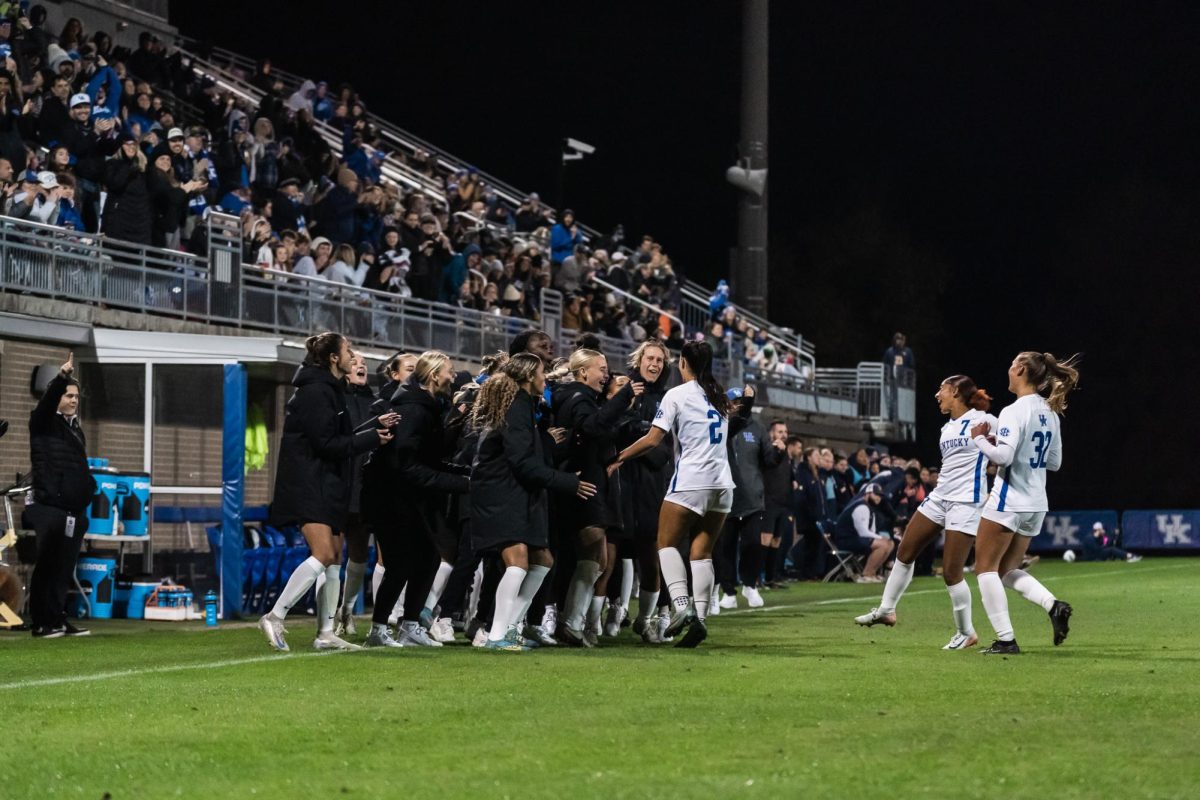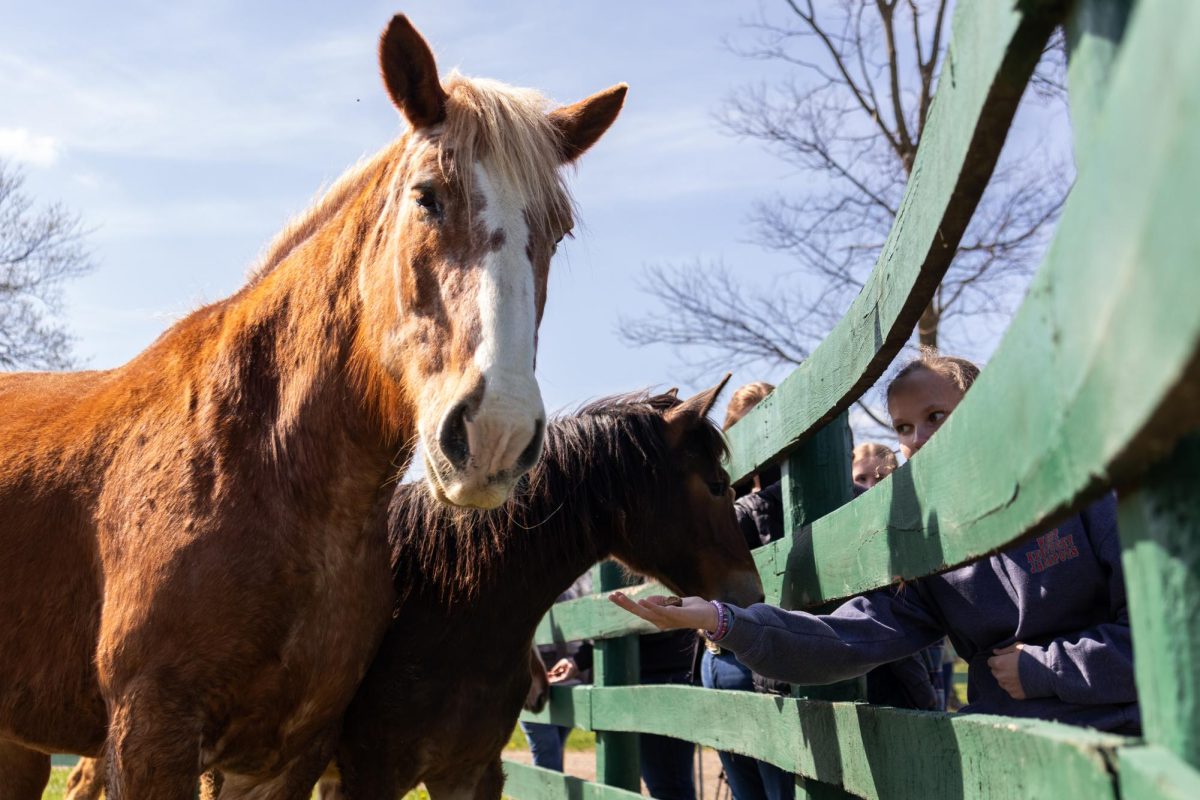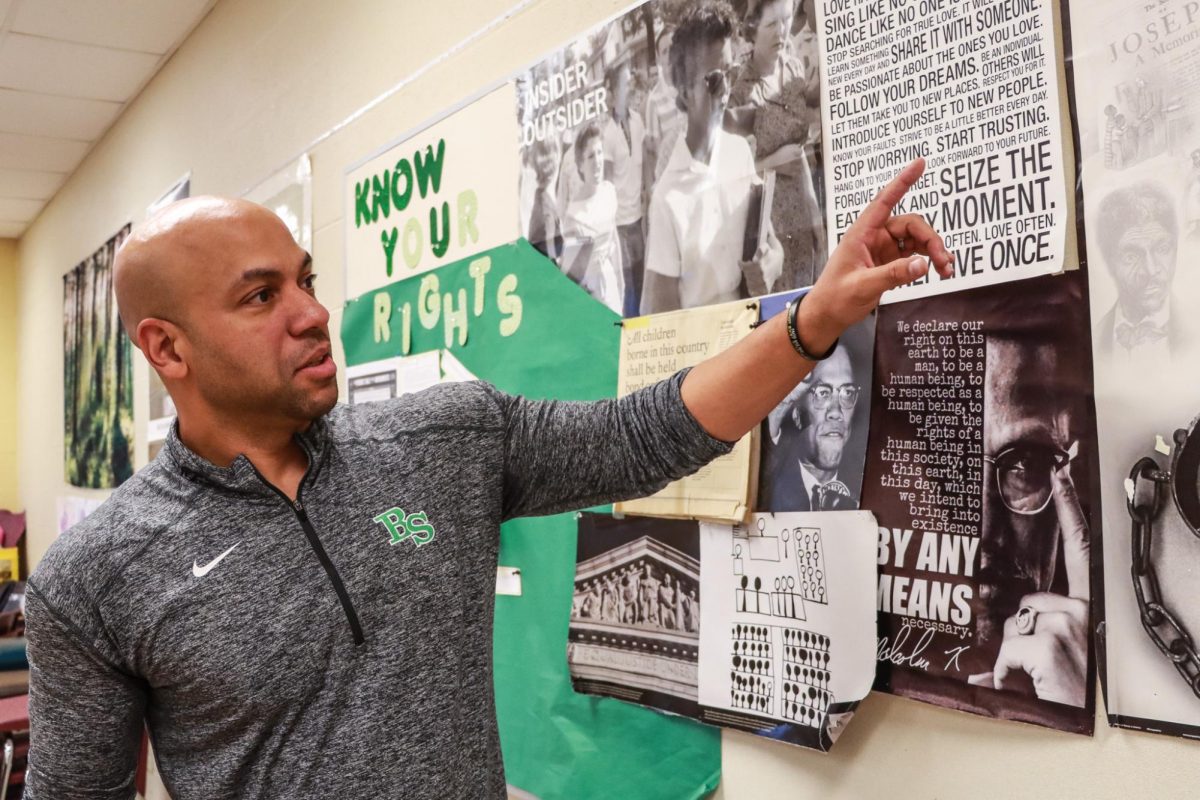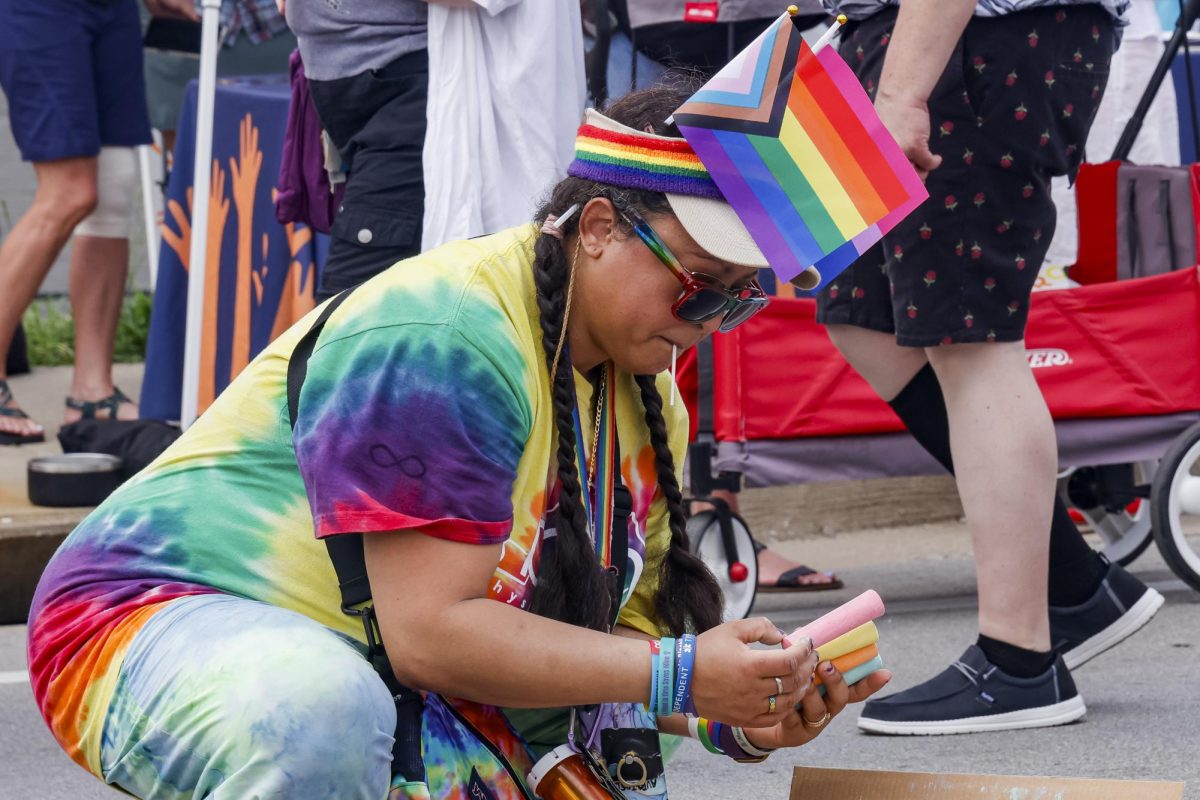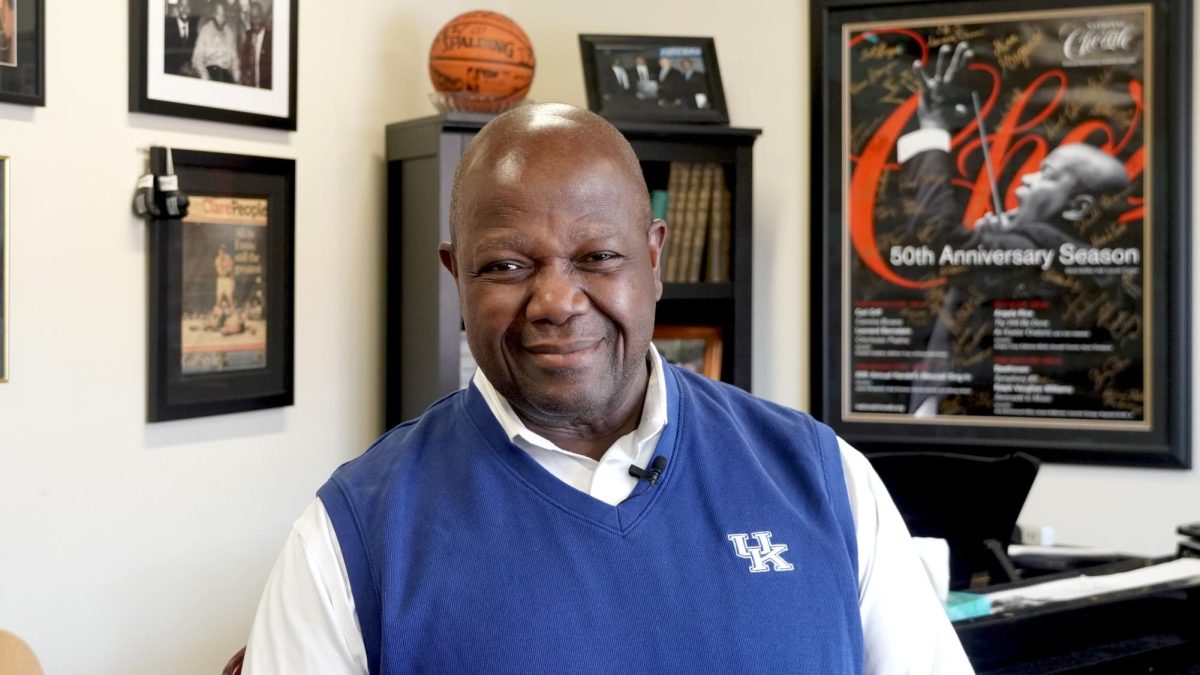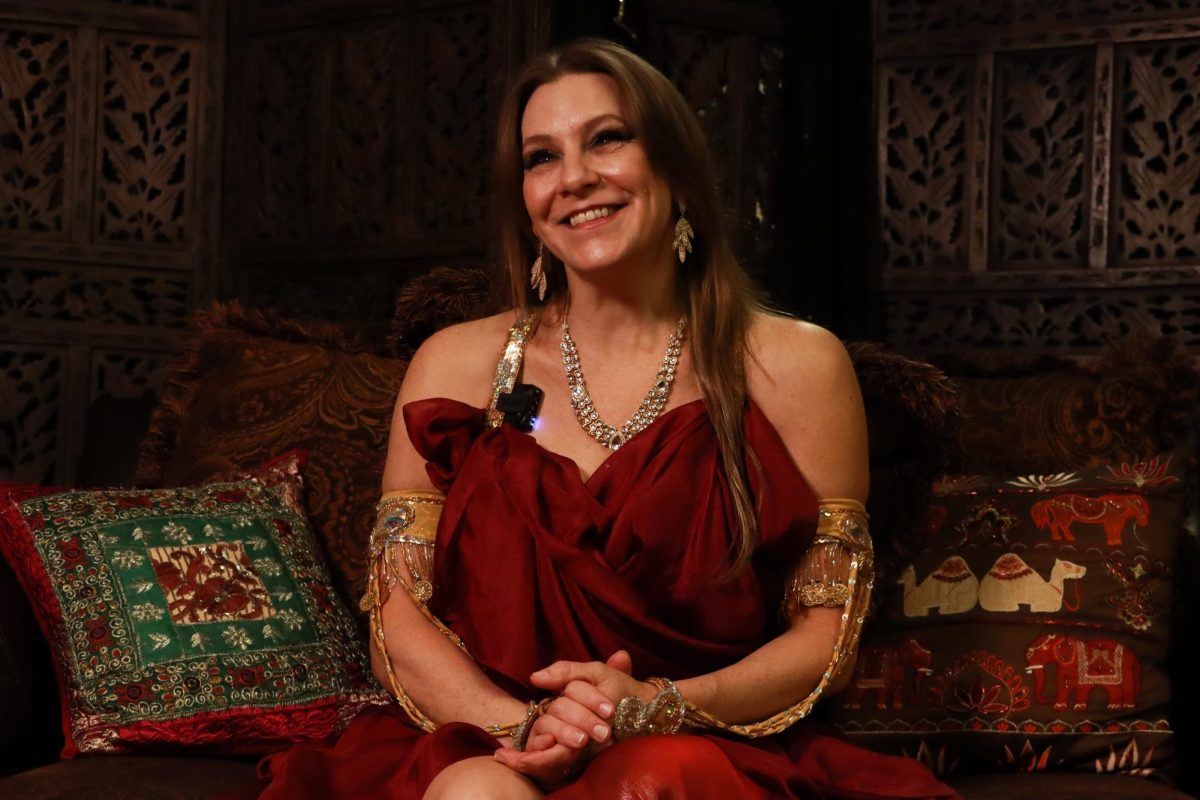A little girl stands in the front row as she watches the belly dancers at Busch Gardens Tampa Bay. She can’t take her eyes away from the scene before her.
A strong, powerful belly dancer glides across the stage, with eyes locked with one another the girl, Safiya Nawaar, stares back at the “Beautiful, strong princess on stage.”
Nawaar started dancing at 3 years old, taking every class she could from ballet to jazz. Nawaar was always dancing, working and improving until she turned 18.
For the next nine years, she left dance behind her and moved on to manage a small horse farm in Florida, yet something was missing from her life. There was a void that only dance could fill.
After finally taking a belly dance class at her local adult recreation center, Nawaar was hooked. Her childhood memories of seeing the dancer at Busch Gardens came rushing back and ever since then she has been Safiya Nawaar the belly dancer.
Courage
A girl stands away from the crowd, her nervous eyes shifting around the public scene before her. She’s too anxious to join them, so she opts to pet a nearby dog, talk to it and avoid the surrounding people.
A tear slowly forms in her brown eyes and an indescribable emotion is present on her tan, calm face as Nawaar said her journey to belly dancing changed her life.
“I was very much a shy person and kind of a wallflower going out in public,” Nawaar said. “It was hard for me to socialize with people and feel comfortable, if I was invited to a party I’d be the person talking to the dog.”
After encouragement from her mother, Nawaar took her first belly dancing class when she was 27. She said she stepped into the adult recreation center and saw this “little round woman” teaching who transformed the moment she started dancing into a “goddess.”
From that moment on, Nawaar said she was “absolutely enamored and captivated” by belly dancing and knew that was all she wanted to do.
However, after seeing her teacher transform and begin classes herself, Nawaar said she learned the most important lesson of all: how to love herself.
“When I started taking these classes and started learning to be more comfortable inside my own body,” Nawaar said. “ I started feeling more powerful. It sort of transformed me so that I wasn’t that wallflower anymore. I was a confident, strong and secure woman that felt comfortable in my own body,” Nawaar said.
According to Nawaar, she experienced a true transformation—not just a physical change but a mental one. She gained the confidence to get off the wall, join the party and live her life to the fullest.
Through tears, Nawaar said this realization helped her accept herself and understand that she was good enough how she was and doesn’t need to change for anyone.
“I realized that I’m good enough as I am and I’m happy with who I am. I’m wonderful and strong,” Nawaar said. “If they don’t like me, that’s their own problem because I am who I am and I’m good enough. I learned that through dancing.”
Taking this lesson, Nawaar said she wanted her students to love themselves as well, she didn’t want just to teach dance but to teach others how to love and accept themselves as well.
“I teach in my dance that you accept what you have and you embrace it and you respect it and love it because this is the only body that you have,” Nawaar said. “If you’re bigger or skinnier, it doesn’t matter because look at this amazing body that can move for you and lets you express your emotions through dance, that’s like the real heart of it.”
History
A rich and deep history circulates the art form that is belly dancing. Middle Eastern and African culture apparent in every bead sewn, every paint stroke and every detail.
Thousands of years ago some women were covered head to toe in gorgeous silks and beads, now known as belly dancers, traveled along the Silk Road spreading their dance and music across many countries from Africa to the Middle East, Nawaar said.
These dancers were honored in their communities. They guided women on their wedding days and were the highlight of each celebration. The community would clap to the drums and dance along creating a “joyous procession.”
“It’s (belly dancing) not originally something for the stage, it’s the dance of the people,” Nawaar said. “It’s like you and I going to a party somewhere and they put music on so we get up and dance.”
However, as centuries passed, Nawaar said misunderstanding took root and belly dancing was twisted by society, creating a deep stigma around the art form.
“What we have now is a lot of misunderstanding of it (belly dancing) as a cultural danceit was originally used for celebration and enjoyment,” Nawaar said. “It’s not originally something for the stage, it’s just the dance of the people.”
Foundation
Deep holes are carved into plaster walls while excess dust scatters across the blue cement floor, chicken wire races across the back wall containing piles of University of Kentucky excess merchandise.
A small warehouse is tucked away on Chair Avenue, a winding street full of local auto shops and family restaurants. Although it had its imperfections, it was perfect for Nawaar’s studio.
After moving from Florida to Kentucky, Nawaar dreamed of opening her studio after years of renting from others, however, she said this dream took hard work and determination to accomplish.
“I got really, really tired of being dependent on other people,” Nawaar said. “So we started searching around Lexington to find a place to rent and I found this space and from there the rest is history.”
After searching Lexington for the perfect studio, Nawaar said many were too small and priced too high. Discouragingly, she walked into the building now known as Arabesque World Dance and knew she had found the one.
“It was really disgusting (the building), it was just awful, but as we walked in I looked at the high ceiling and the beams with this big open space and I turned to my husband and said ‘This is it,’” Nawaar said.
Hours of blood, sweat and tears were poured into the studio, Nawaar said. Along with her husband, Nawaar said she did 80% of the work to transform her studio.
According to Nawaar, the studio soon transformed from a warehouse into a dance studio where students from all over the country would come to watch, perform and learn from Nawaar.
When decorating, Nawar said it was essential to pay homage to belly dancing’s origins. She lined her shelves with Middle Eastern and African decor to bring her students back in time to when belly dancing was at its peak.
When decorating the space, Nawaar said it is essential to honor belly dancing and her journey. One of her favorite details is the delicately hung vinyls on the walls, representing what past belly dancers use to dance to.
Below the shelves lay lands of all shapes and sizes, yet one stands out: a small yellow lamp, small in stature but enormous in Nawaar’s heart. The small lamp mirrors the ones Nawaar began dancing with, honoring her journey as a dancer.
According to Nawaar, she “absolutely loves” the space she created and she said it transports her students into a new reality, a place where they can escape the city for a little bit.
“We love the fact that when you walk in it’s like you’re in a different world, you’re in a different place, you’re not in Lexington anymore, you’re in an exotic place with all this exotic decor with atmosphere and personality,” Nawaar said.
Nawaar said she wants to spread her message of body positivity and acceptance nationwide, especially to her social media followers.
“All people, male or female, tend to look in the mirror and see their faults,” Nawaar said. “There is nothing wrong with improvement, there is nothing wrong with learning something new or bettering oneself, but you have to learn to love yourself first.”



